Stellantis Halts Grand Cherokee, Durango Production in Detroit
Downtime hits Mack and Jefferson North plants April 28th
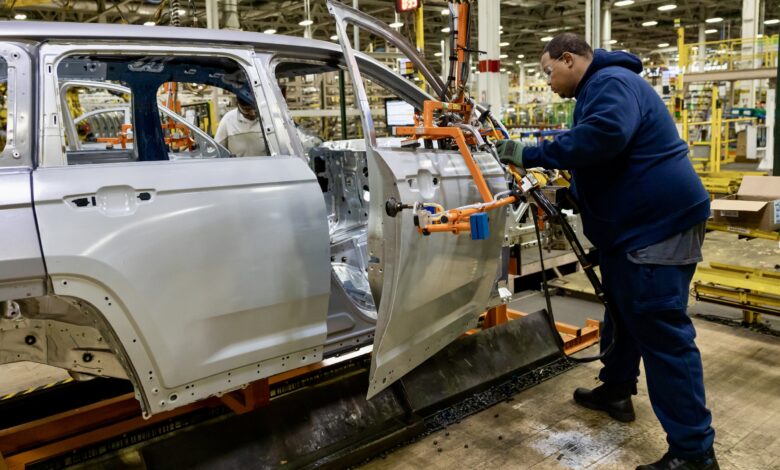
Stellantis is hitting the brakes at two of its Detroit plants next week, pausing production of the Jeep® Grand Cherokee (WL) and Dodge Durango (WD) SUVs. Both the Mack and Jefferson North Assembly plants, which make the WL and WD models, respectively, will go idle starting the week of April 28th.
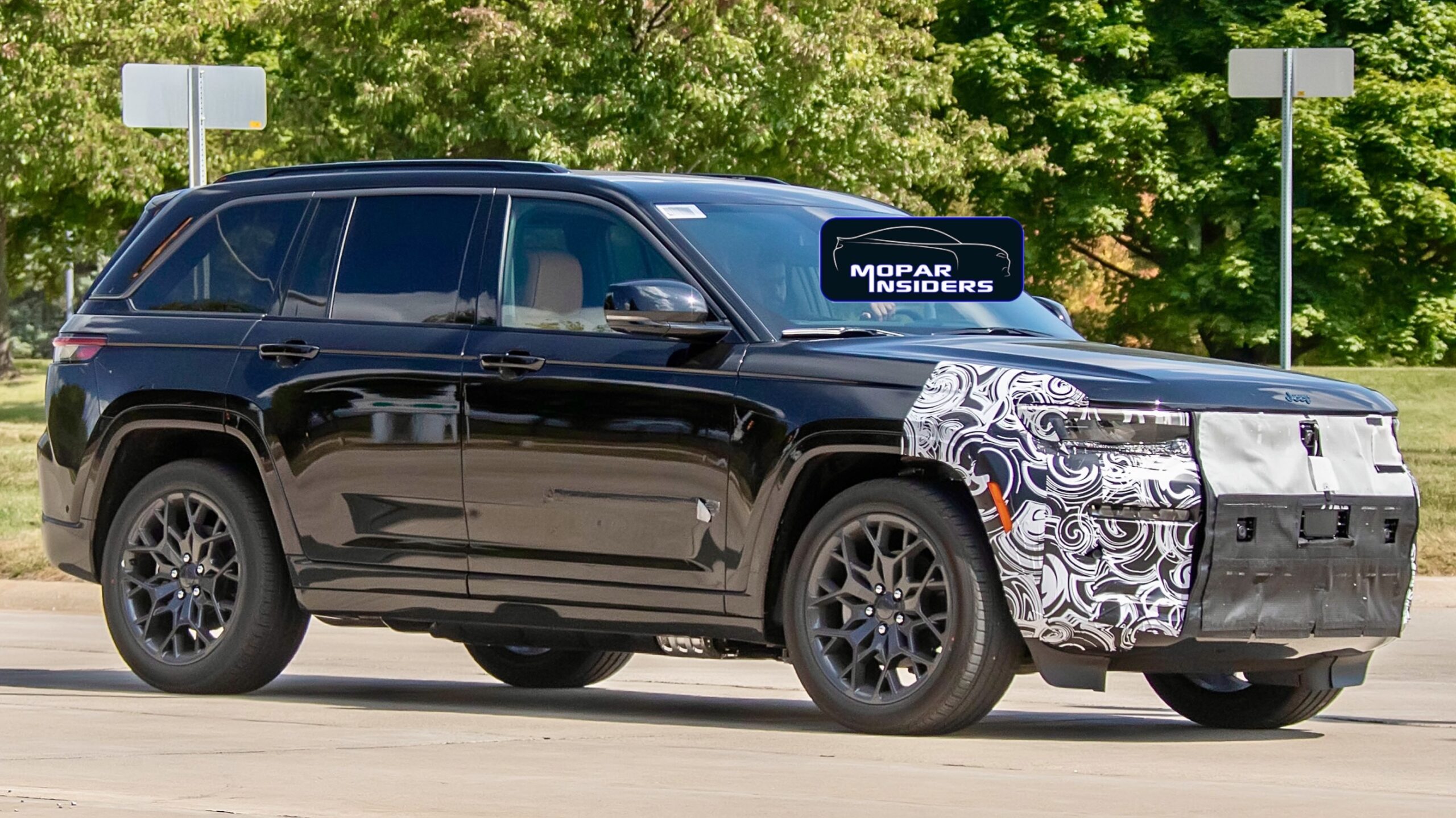
This move comes as part of a broader strategy by Stellantis to prep for the refreshed 2026 Grand Cherokee, though the automaker is also extending production of the current 2025 model. In a statement, Stellantis spokesperson Ann Marie Fortunate said, “To support a successful launch and ensure the highest build quality of the new model, we are extending production of the 2025 Jeep Grand Cherokee at the Detroit Assembly Complex plants.”
The Mack plant is also scheduled for another week of downtime beginning May 19. Some paint and repair workers will still need to report during the production break, according to an internal notice sent to employees.

Sales of both SUVs have taken a hit this year. In the first quarter, Jeep Grand Cherokee sales dropped 11% year-over-year to 48,465 units, while Dodge Durango sales were down 9% with just 13,701 units sold.
This production pause is one of several that Stellantis has implemented recently. After new 25% tariffs on imported vehicles were enacted by President Donald Trump in early April, Stellantis shut down operations at other key plants in Mexico and Canada. That triggered around 900 temporary layoffs at supporting facilities in the U.S., including powertrain and stamping plants.
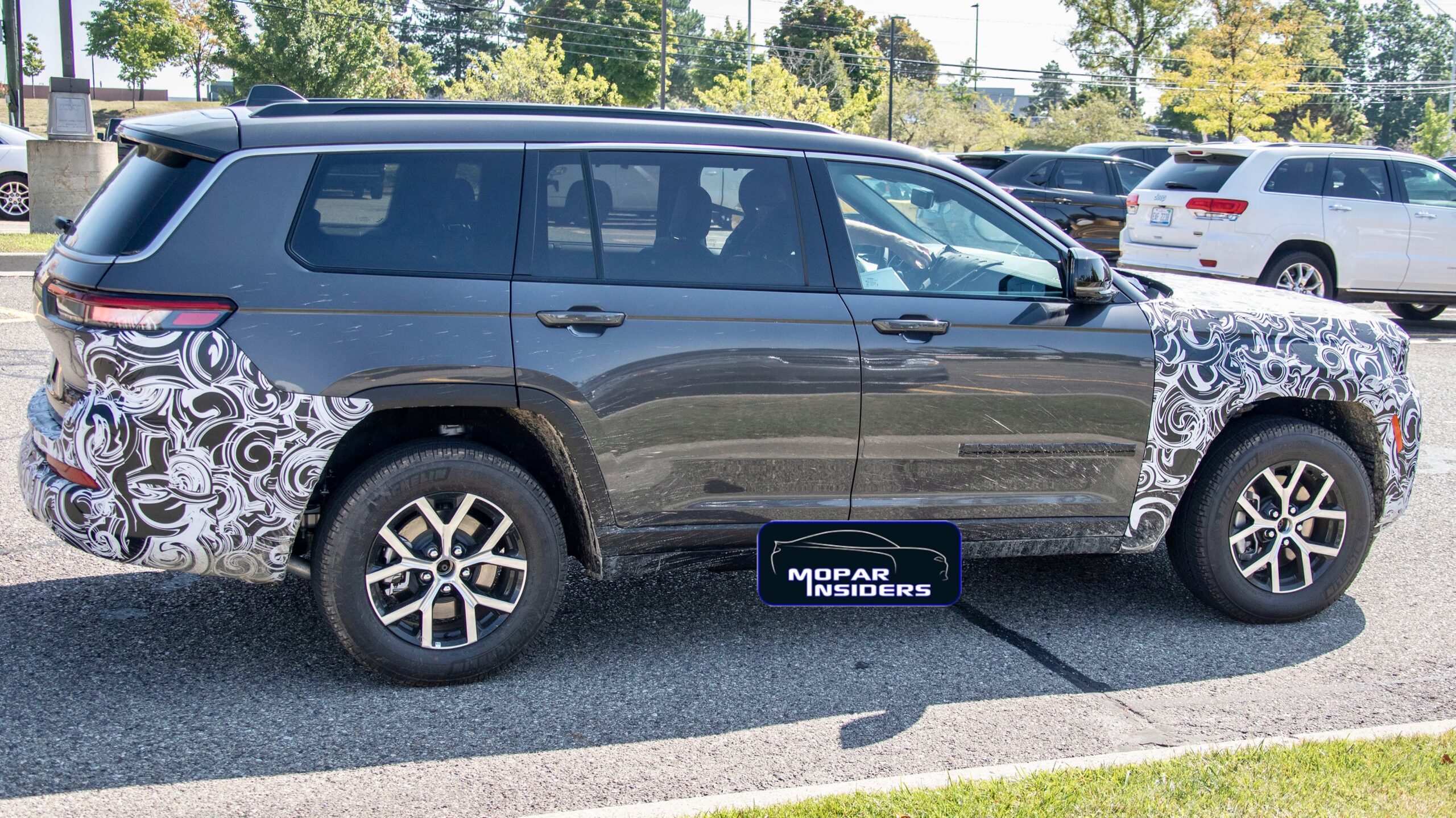
While the Detroit Assembly Complex gears down, Windsor Assembly in Canada—home to the Chrysler (RU) minivans and the all-electric Dodge Charger Daytona (LB)—is ramping back up. Two shifts will resume on Tuesday, bringing back thousands of workers who were temporarily laid off.
The Warren Truck Assembly Plant (WTAP), which builds the Jeep Wagoneer and Grand Wagoneer (WS), remains shut down due to an engine shortage. Stellantis has prioritized the high-demand Ram 1500 (DT) pickup, shifting more twin-turbo 3.0-liter HURRICANE I6 engines to the Sterling Heights Assembly Plant (SHAP) to keep up with truck sales.
The automaker is navigating a rocky landscape of shifting production schedules, engine allocation, and international trade pressures—all while preparing for future product launches and trying to steady its SUV lineup in the U.S.


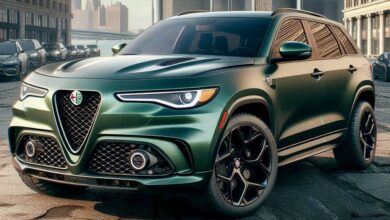

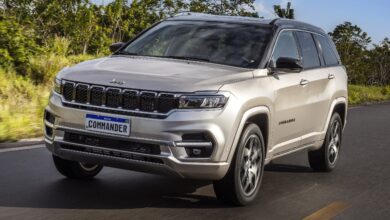
5 replies
Loading new replies...
Join the full discussion at the Mopar Insiders Forum →